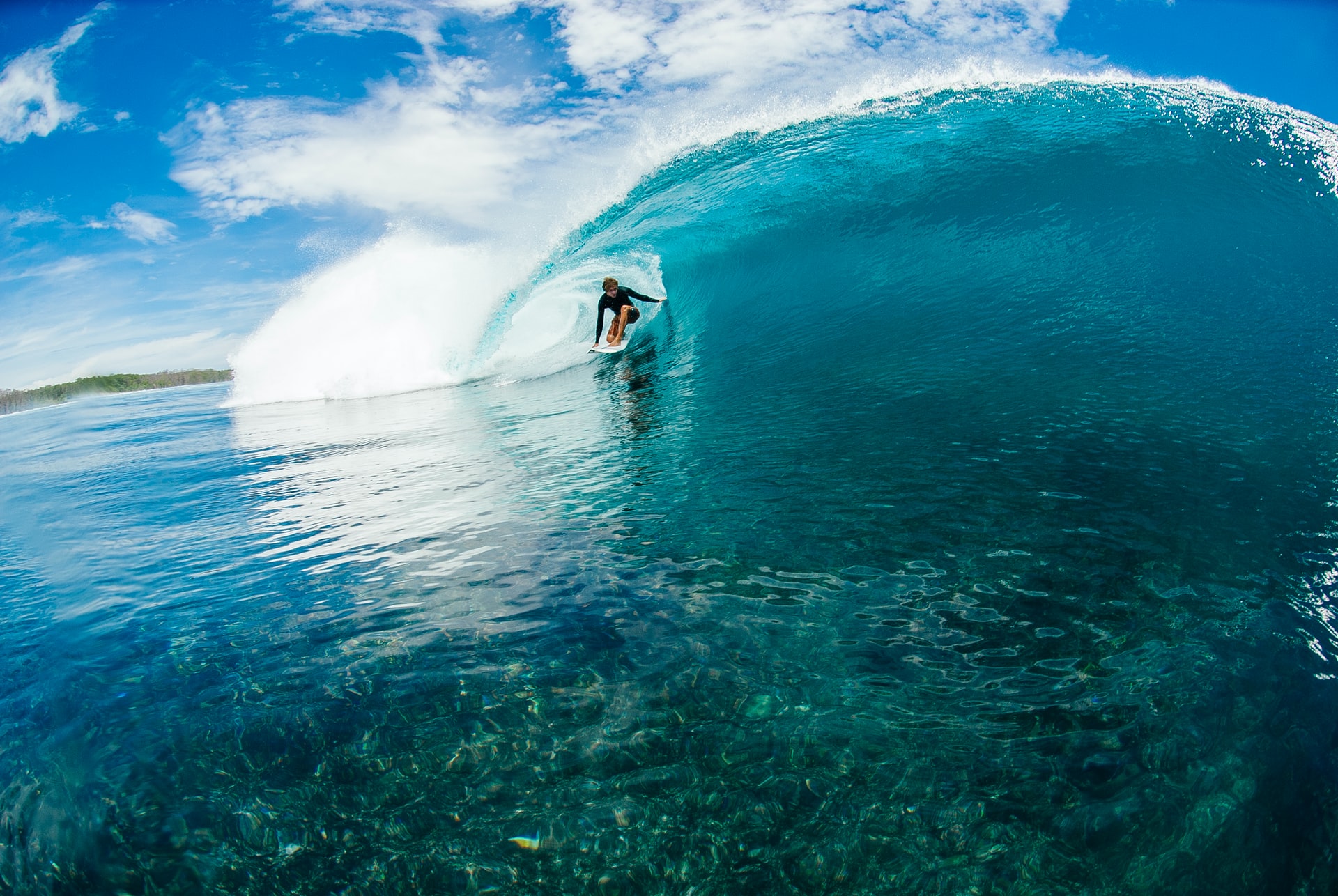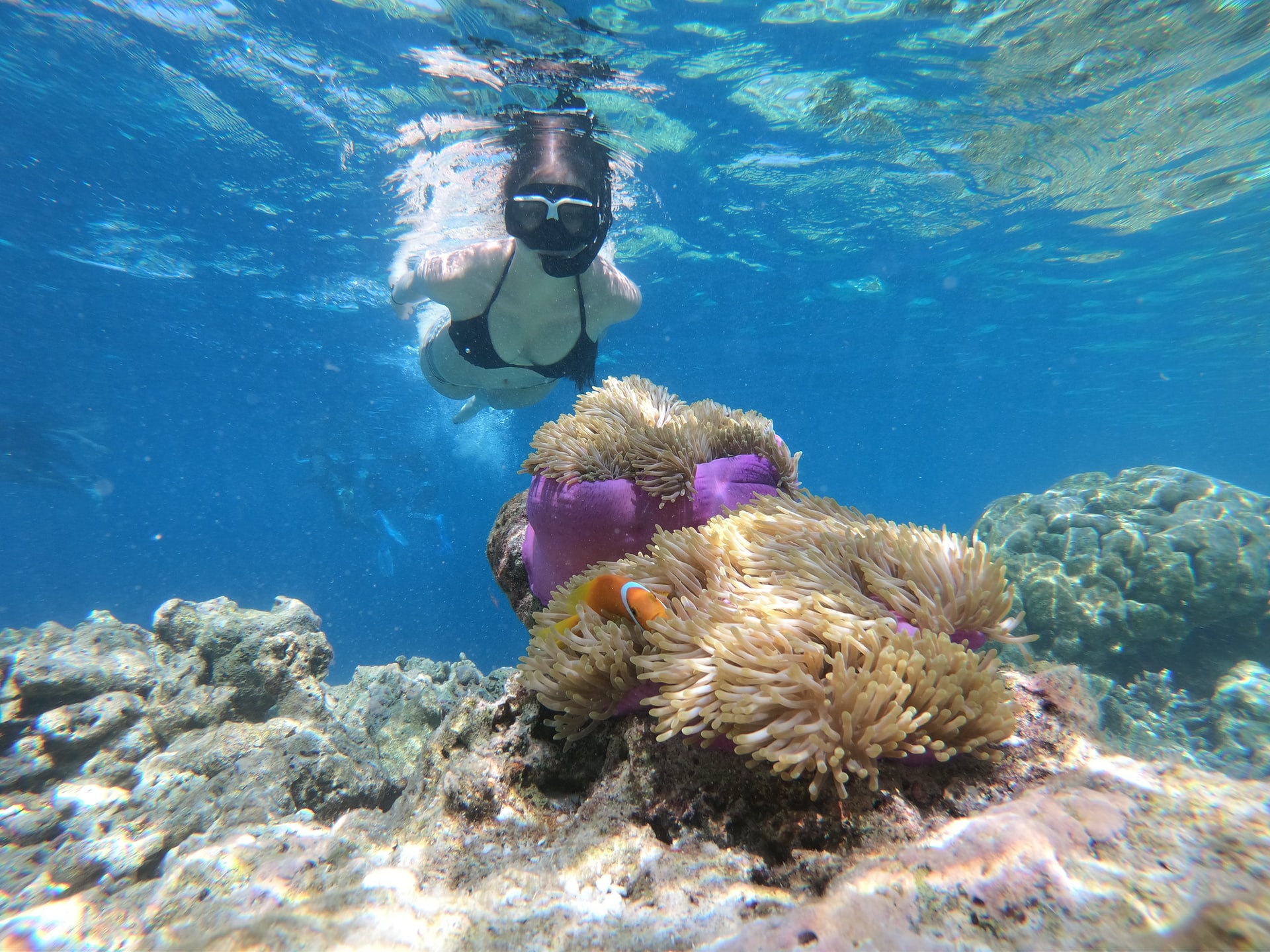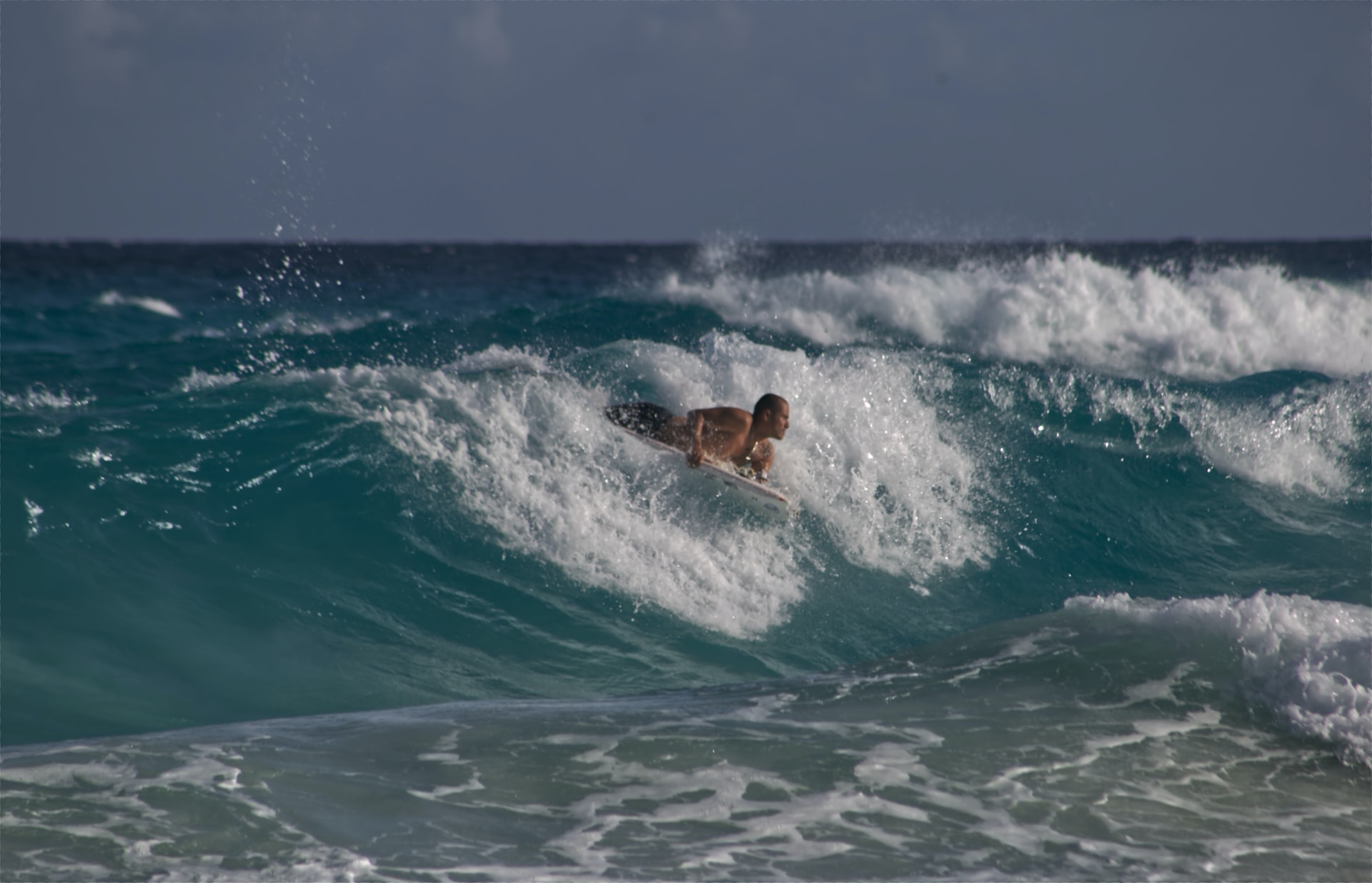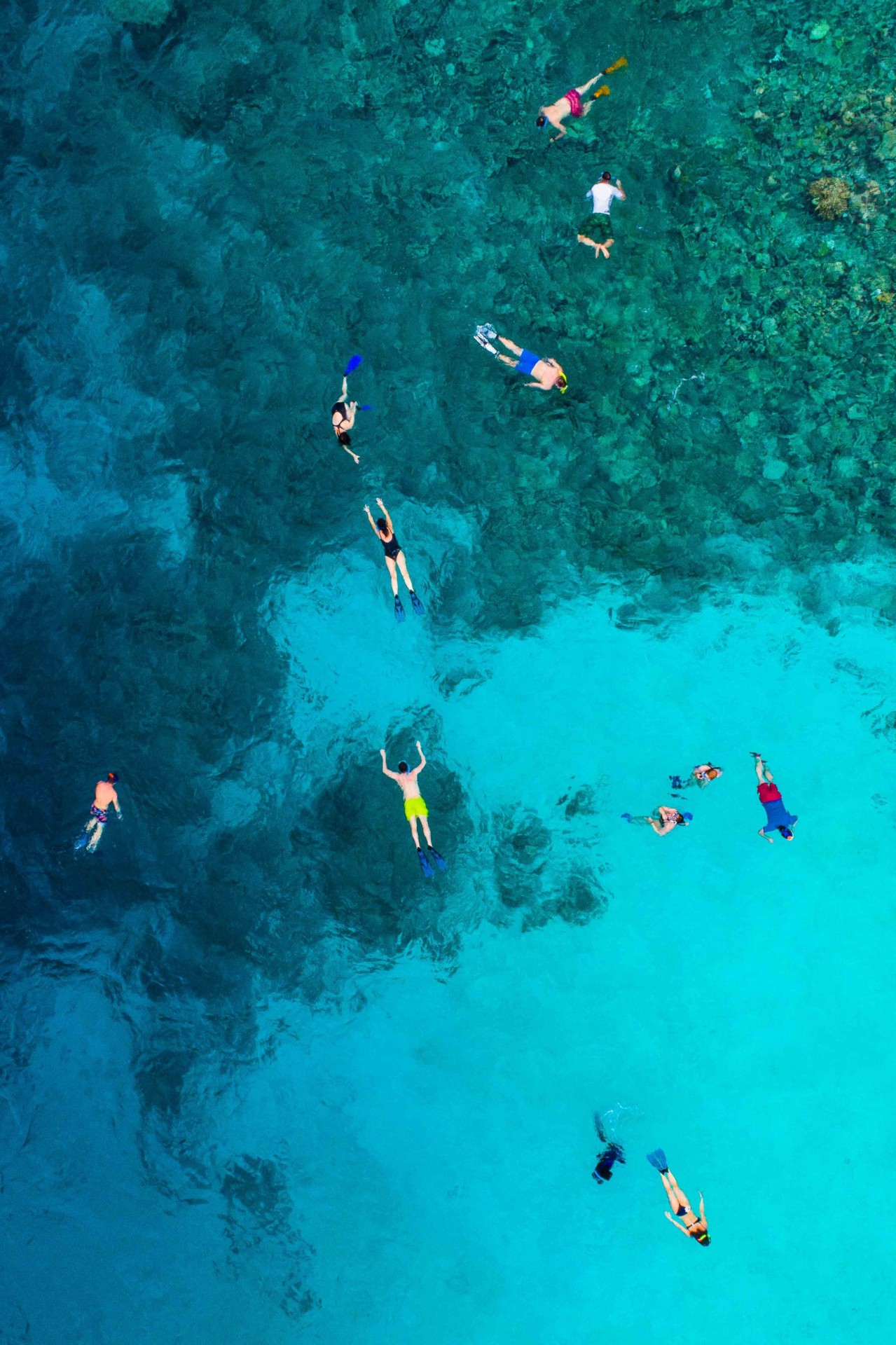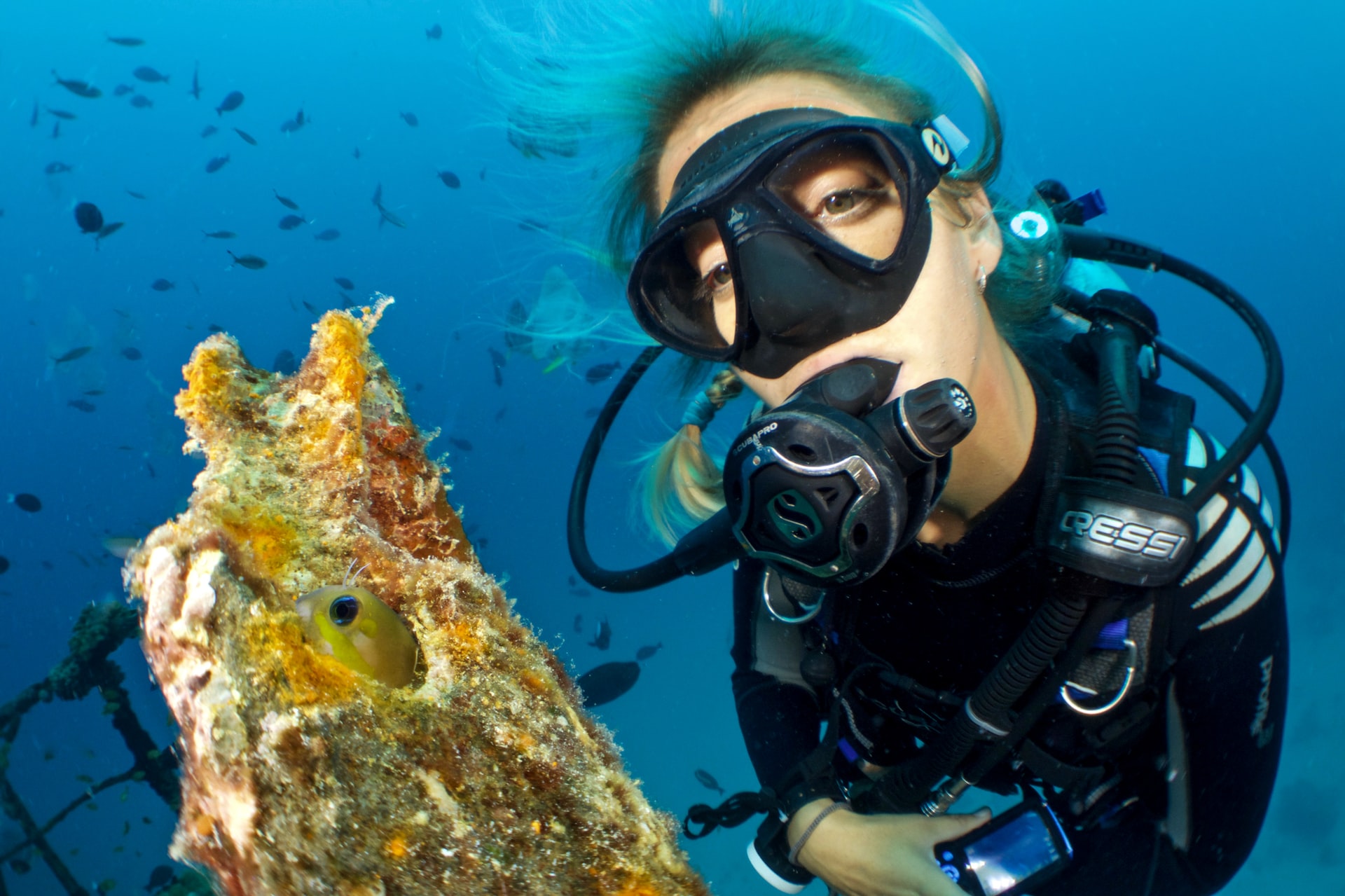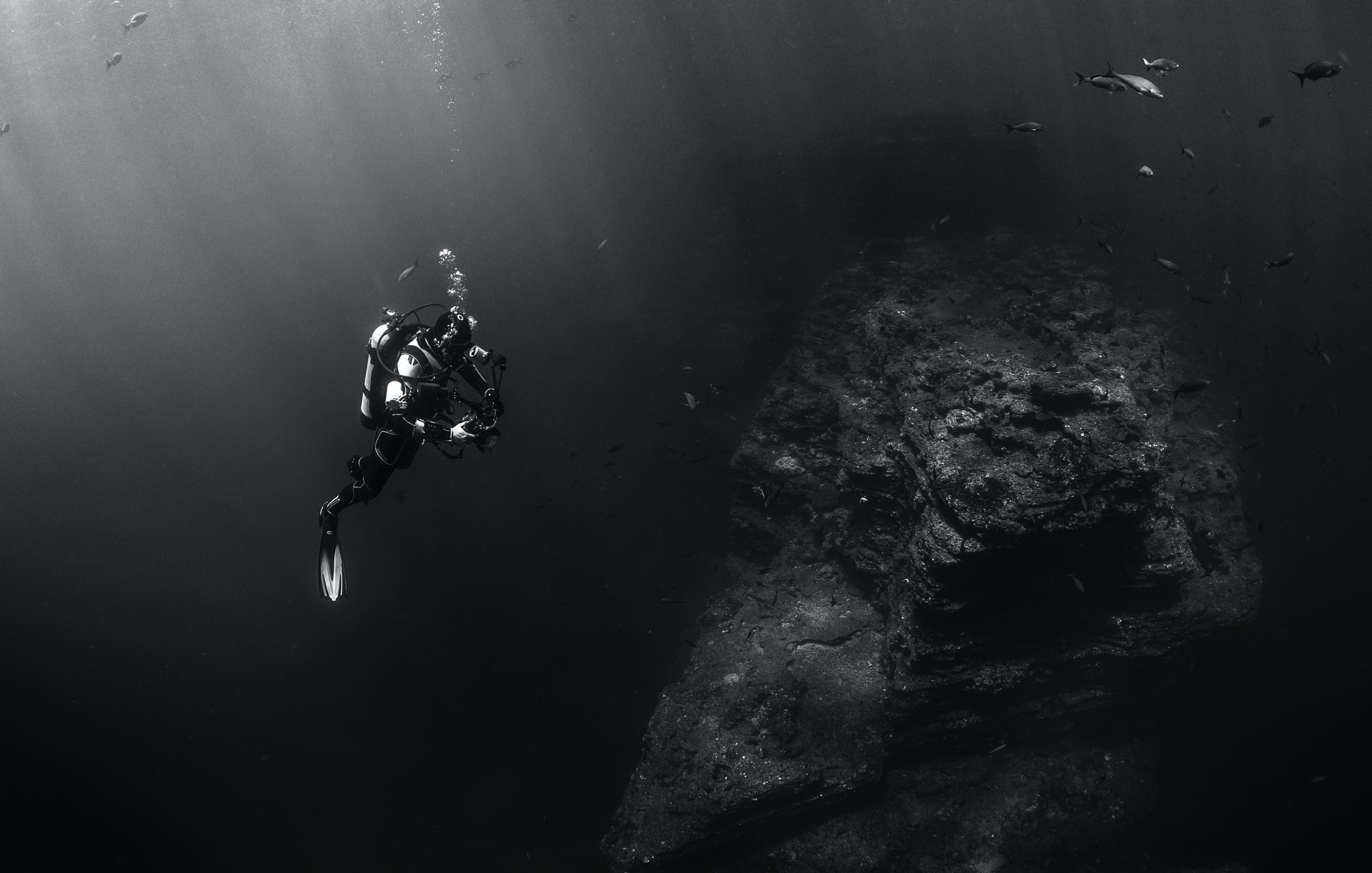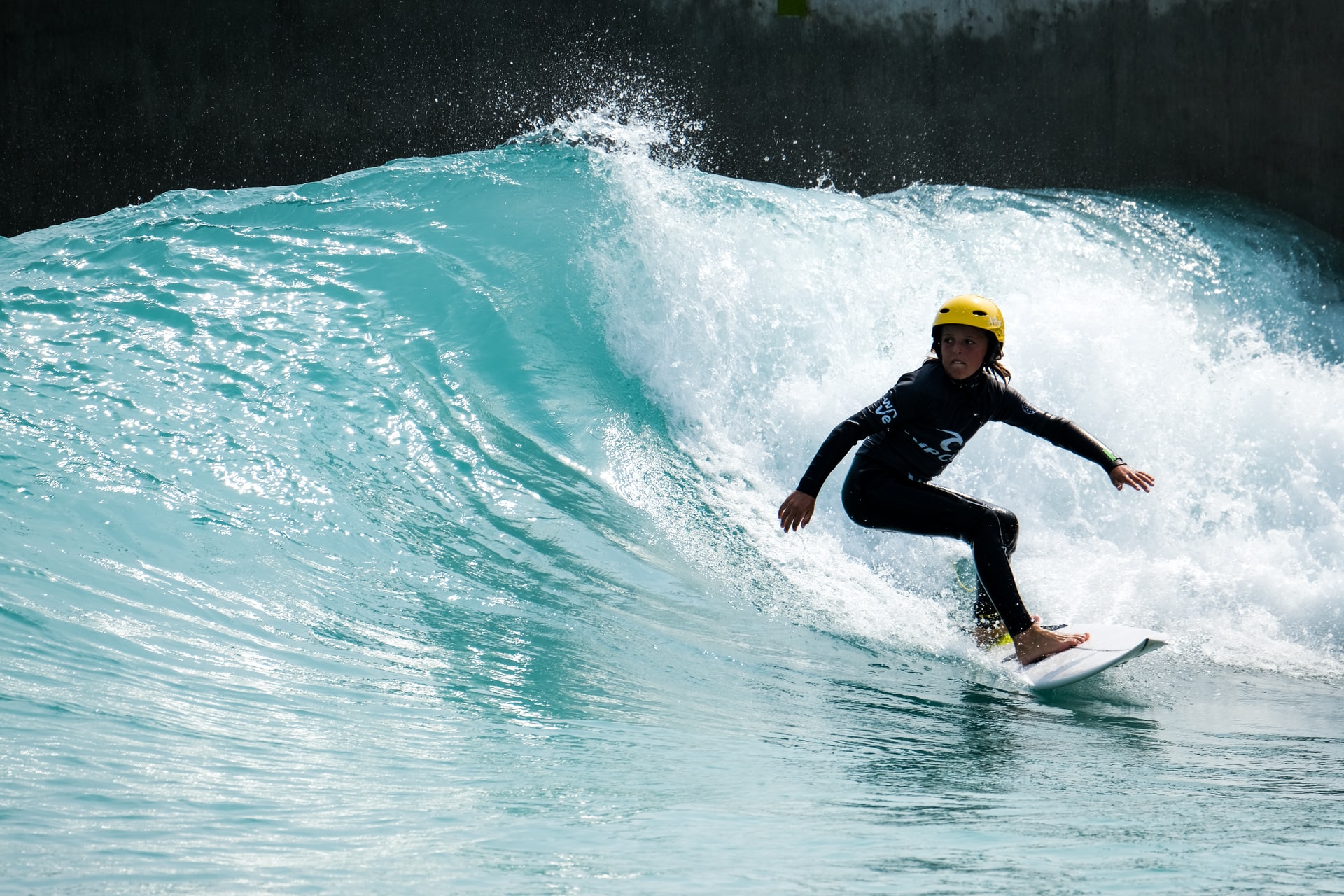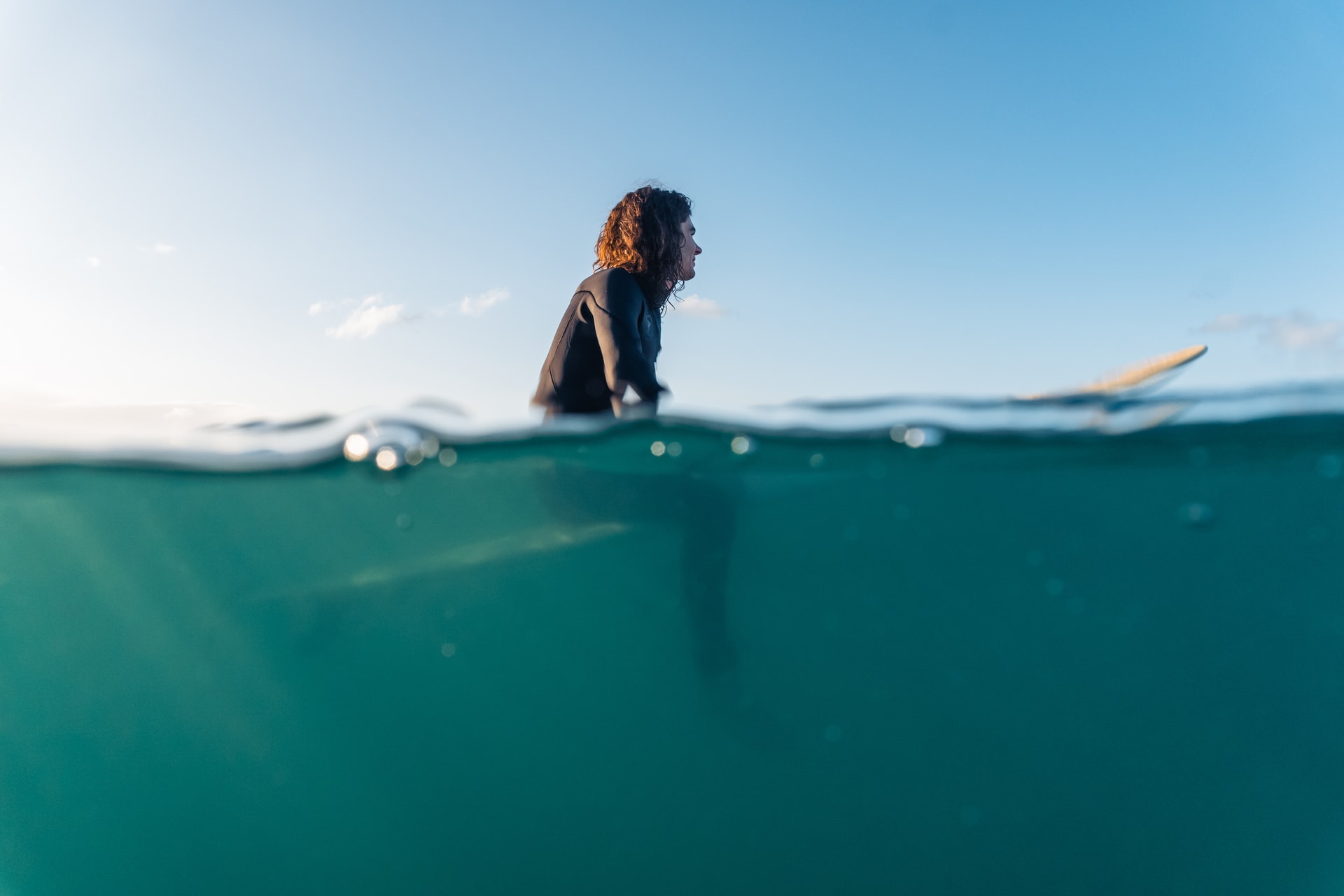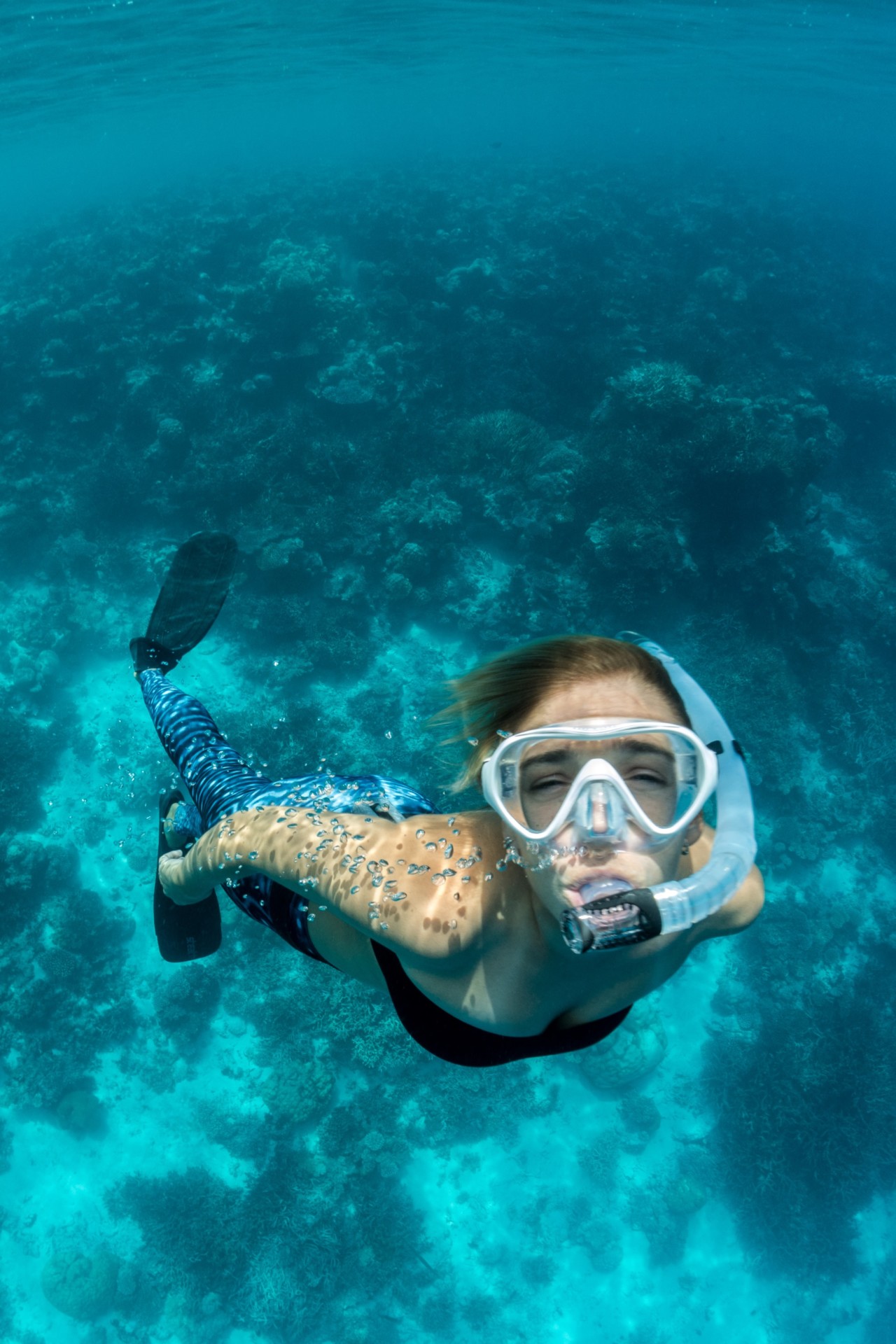Are you blown away by how much fun you can have in a kayak as you explore some of the most beautiful places on Earth?
While feeling emotionally swept up in the moment is awesome, you never want to find yourself physically at the mercy of the wind.
The best kayakers are constantly paying attention to the weather.
In addition to knowing the air and water temperatures, you’ll also want to pay attention to the wind speed where you plan to go kayaking.
Knowing when it is too windy for kayaking can save you from winding up in some potentially dangerous situations.
- Can You Go Kayaking When It’s Windy?
- Why Can Wind Be a Problem For Kayakers?
- How Do You Kayak In Windy Conditions?
- What Is a Safe Wind Speed for Kayaking?
- How Can I Tell If It’s Too Windy for Me?
- Are There Different “Wind Speed Limits” On a Lake Than On a River or At Sea?
- How Do You Prepare For a Kayaking Trip If the Forecast Is Windy?
- What Should I Do When I Get Surprised By Strong Winds In My Kayak?
- Should I Paddle Straight Into the Wind?
- What If I Can’t Paddle Back to Shore Against the Wind?
- Conclusion
- You Might Also Like…
Can You Go Kayaking When It’s Windy?
As you gain experience with kayaking, you’ll begin to learn what your preferences are regarding wind speed.
You can go kayaking when it is windy, but some kayakers prefer to have more wind than others do.
For beginners, kayaking on a nearly wind-free day gives you more control over your boat so that you can focus on improving your paddling skills.
Intermediate and advanced kayakers might prefer to have more waves and wind-resistance to increase the challenge of paddling through the water.
In some cases, having the wind at their back can make it easier for kayakers to race faster down a waterway.
The wind speed and direction can even impact a kayaker’s performance in a competition.
You should know, however, that there comes a point when the wind is dangerous for all kayakers.
Your ideal wind speed limit will vary according to where you are kayaking along with your abilities.
Why Can Wind Be a Problem For Kayakers?
If you’ve ever tried to run against hard winds, then you already have an idea of some of the issues that high wind speeds can cause for kayakers.
Trying to paddle against a strong wind causes kayakers to fatigue faster, and this could cause you to run out of energy before you can get back to shore.
Strong tailwinds are another issue depending upon which direction they are coming from.
If the wind is at your back at the beginning of your trip, it could push you farther out on larger bodies of water than you want to go.
High winds also generate higher waves, and these can cause you to roll your kayak if they get too high for you to handle.
Lots of waves can also lead to seasickness, even for experienced kayakers.
On colder days, strong winds can often cut through your layers of clothing and cause you to get chilled faster than you would if the conditions were calm.
If the wind is extreme enough, it could even blow the paddle out of your hands.
Trying to retrieve it can be risky, but you might be able to use your hands to paddle to it or back to the shoreline.
How Do You Kayak In Windy Conditions?
There are several techniques that you can use to make it easier to paddle in windy conditions.
First, you will always want to think about the direction the wind is going.
A headwind blows straight against the direction in which you are traveling.
You can use this type of wind to avoid going too far out in the water, but it comes with the disadvantage of being more tiresome to paddle against.
A tailwind blows with you, which is advantageous when you are racing or trying to get back to shore.
Crosswinds blow on the side of your boat, and they’ll push your kayak in their direction.
This is called weathercocking, and you can learn how to manage the effects of wind coming in from the side of your kayak.
If you are kayaking in heavy crosswinds, then you can use rudders or skegs to adjust the direction of your boat.
Some kayakers also use techniques such as edging to turn their kayak in the right direction.
A feathered paddle can also be an asset for kayaking on a windy day.
This type of paddle has the blades positioned in opposite positions from each other.
This has the effect of having one blade positioned to push against the water while the other one slices through the wind.
Feathered paddles work best in headwinds, and a traditional paddle works well when the wind is at your back since it can serve as a small sail.
Some kayakers choose to carry both types of paddles if they know that high winds are present, but it is ultimately a personal choice of which type you prefer to carry if you prefer a single paddle on the boat.
What Is a Safe Wind Speed for Kayaking?
Many kayakers prefer to go by the Beaufort Wind Scale for choosing when they feel safe going out on the water.
This scale was created by Britain’s Admiral Sir Frances Beaufort in 1805 as a way for sailors to estimate the wind speeds versus making their own personal observations.
Since then, it serves as a way for boaters to use a consistent tool to assess the general safety of the wind conditions on a body of water.
As a general rule, wind speeds below seven to 10 knots, or 8-12 mph, are safe for beginner kayakers.
The Beaufort Wind Scale classifies this as a gentle breeze, and you might see some larger wavelets at this point along with a few whitecaps.
Once the wind hits around 11 to 16 knots or 13 to 18 miles per hour, only intermediate to advanced kayakers should attempt to venture out.
Keep in mind that as the wind speeds increase, those with middle-intermediate skills might need to avoid kayaking.
At the point that wind speeds reach 17 knots or 20 mph, the conditions can get quite dangerous.
With wind speeds this high, waves begin to increase in height.
Typically, only advanced kayakers who have strength, stamina and experience on their side would go out in these conditions.
Anytime the wind speed falls within the Beaufort scale levels of six and up, the majority of kayakers should no longer be on the water.
Wind speeds at this level fall within the 22-27 knots or 25 to 31 mph range, and this can include waves swelling beyond 8 feet high.
How Can I Tell If It’s Too Windy for Me?
The best way to tell if it is too windy for you is to be honest with yourself about your experience and skill level.
If you’ve never been kayaking before, then it is safest to follow the rule of thumb that you shouldn’t kayak unless the wind speed is below 10 knots / 12 mph.
As your skill levels go up, you can consider what types of wind conditions you’ve kayaked in before.
Gradually increasing your experience with slightly higher wind speeds lets you build up your skills.
The only real way to learn what wind speeds you can handle is to try higher ones.
Always start slowly and protect yourself with multiple safety precautions such as starting out on a small body of water where you know that fatigue or being swept out too far won’t be as much of an issue.
Are There Different “Wind Speed Limits” On a Lake Than On a River or At Sea?
The wind has different effects on different bodies of water.
On smaller bodies of water, the wind often doesn’t have enough surface distance to travel to generate as high of waves as it does out at sea.
Fetch is a term that you’ll hear when people discuss wind-generated waves, and this refers to the distance that winds can blow and cause waves to form.
You’ll want to take this into account when you try to gauge how much wind you can safely handle.
Recreational kayaking is often done on lakes and rivers that have some protection from the wind.
For instance, trees and nearby buildings can serve as a windbreaker that slows the speed down.
In these areas, you’ll want to follow the general guideline of leaving the water once wind speeds reach 12 to 15 mph.
A stronger, more advanced kayaker might still safely enjoy paddling up to 20 mph if all of the other conditions are right.
If you are whitewater river kayaking, you’ll generally be able to handle fairly swift winds.
However, you do need to watch out for a sudden increase in wind since high winds could indicate an incoming severe storm.
An adventure out at sea should include more restraint since you might be further out from shore or contending with larger waves and wakes from boats.
Sea kayaking also exposes you to larger amounts of water spray, which can cause wind chill temperatures to become a hazard.
You will want to start paying attention to how the conditions are affecting your paddling once the winds hit around 7 to 10 mph on the ocean.
Keep in mind that certain areas, such as the Great Lakes, are larger and more like kayaking in sea conditions.
Always adjust your plans according to how the wind affects the places that you kayak in.
How Do You Prepare For a Kayaking Trip If the Forecast Is Windy?
The first thing you can do to prepare for your trip is to check the wind forecast.
You can find handy apps online that help you identify the current and expected wind conditions in a given area.
If you are going to a frequently visited boating location or tourist hot spot, then you can also check to see if the local authorities have issued any small craft or lake wind advisories.
If an advisory is issued, then take heed.
These are often provided to let you know when wind speeds have reached dangerously unsafe conditions, which means that they may have already surpassed acceptable beginner speeds.
Once you know the wind speed and direction, you can use this information to plan your route.
In most cases, you’ll want to start paddling into the wind so that you can use the tailwind to push you back to your exit point.
It is also a good idea to have several potential places to exit the water in case you get pushed off your preferred route.
This is especially important on large lakes or beaches with cliffs or rocks along the shore that could limit your options for a safe landing on dry ground.
Dressing in layers and waterproof gear is another way to protect yourself from harsh wind chill temperatures that can plummet quickly during an approaching storm or as you approach the evening hours.
You’ll also want to use high winds as an opportunity to double check your gear.
If you don’t normally use a paddle leash, then this is a good time to add one to prevent having yours being blown away by the wind.
Tow lines, throw ropes and flotation bags are a few more pieces of gear that can keep you safe in high wind conditions.
Finally, make sure to line up a buddy or group to go with you so that you can help each other navigate wind challenges.
What Should I Do When I Get Surprised By Strong Winds In My Kayak?
Getting hit by strong winds in your kayak is a good time to make several changes to your technique.
Kayaking through high wind speeds is typically easier when you switch to a low stroke to reduce wind resistance.
You might also want to change your stroke cadence so that you are able to use any waves to their fullest advantage.
Try to time your paddling so that each stroke pushes or pulls on the next wave to help propel you in the direction in which you want to go.
You will also want to check your posture to make sure it suits the wind conditions.
In most situations, you’ll want to keep your feet and legs braced while maintaining loose hips that help you edge your kayak to manage crosswinds.
Maintaining a lower profile as you paddle can further decrease wind-resistance and potentially make your strokes stronger.
Once you’ve stabilized your kayak and found a manageable stroke cadence, start looking for new possible ways to exit the water as soon as possible.
Should I Paddle Straight Into the Wind?
Paddling straight into the wind might feel like it is more exhausting, but it is typically the safest option if you cannot ride with the tailwind.
Going straight into a headwind, or slightly off to the side, helps you to avoid being turned around by forceful gusts.
Entering a headwind at a 45-degree angle or more puts you at a greater risk of being capsized.
What If I Can’t Paddle Back to Shore Against the Wind?
Being unable to paddle back to shore is a dangerous situation that can quickly escalate if the conditions get worse.
If you are on a lake, then you’ll want to assess if you can safely make it to a small island or other safe areas where you can take shelter until the wind passes.
On larger bodies of water or areas without any nearby land, you’ll need to immediately begin making emergency preparations.
If you are kayaking with a buddy, then you may want to use a tether to keep you both together.
If one of you is stronger, then it is possible that you could use a tow line to combine your strength to make it back to shore.
You also have the option of continuing to paddle as best you can to avoid being turned off course or capsized without using as much power as you generally would to end your trip.
This should only be done as a temporary measure during short-term wind changes since you can only do this so long before you become too fatigued to paddle at all.
As soon as you know that you won’t be able to paddle back to shore on your own, you’ll want to reach out to your rescue team.
Make sure to always carry the contact information for local authorities, such as the Coast Guard or the police department, along with a waterproof phone or radio so that you can reach out for help.
Conclusion
High winds can rapidly turn an adventure into a disaster.
Make sure to practice kayaking in gradually increasing wind speeds if going out on windy days is your ultimate goal.
Otherwise, pay attention to the wind forecast and plan your trips for times when you know that you can manage any changes.
You Might Also Like…
-
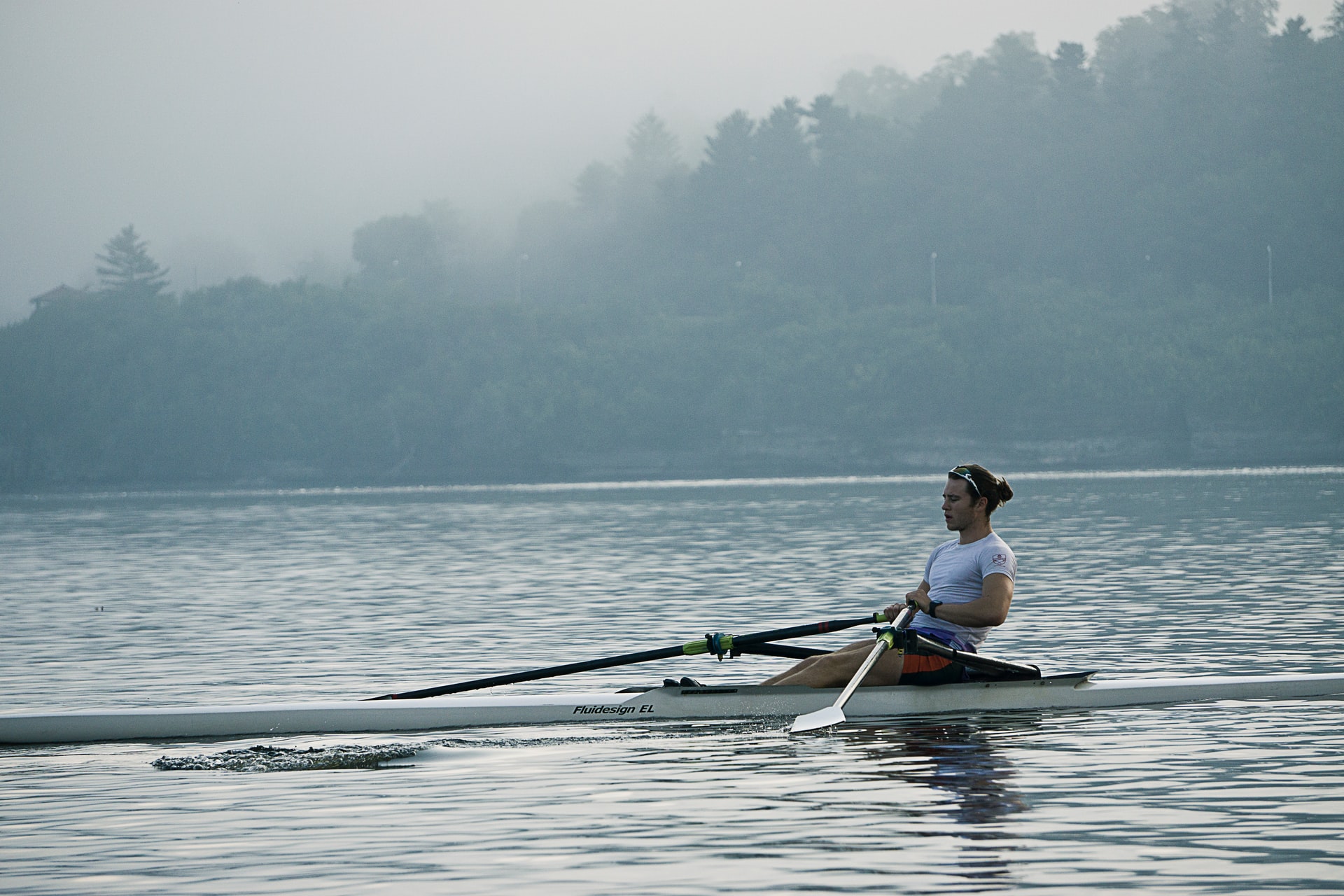
Kayaking Vs. Rowing: What’s the Difference? (8 Key Differences)
-
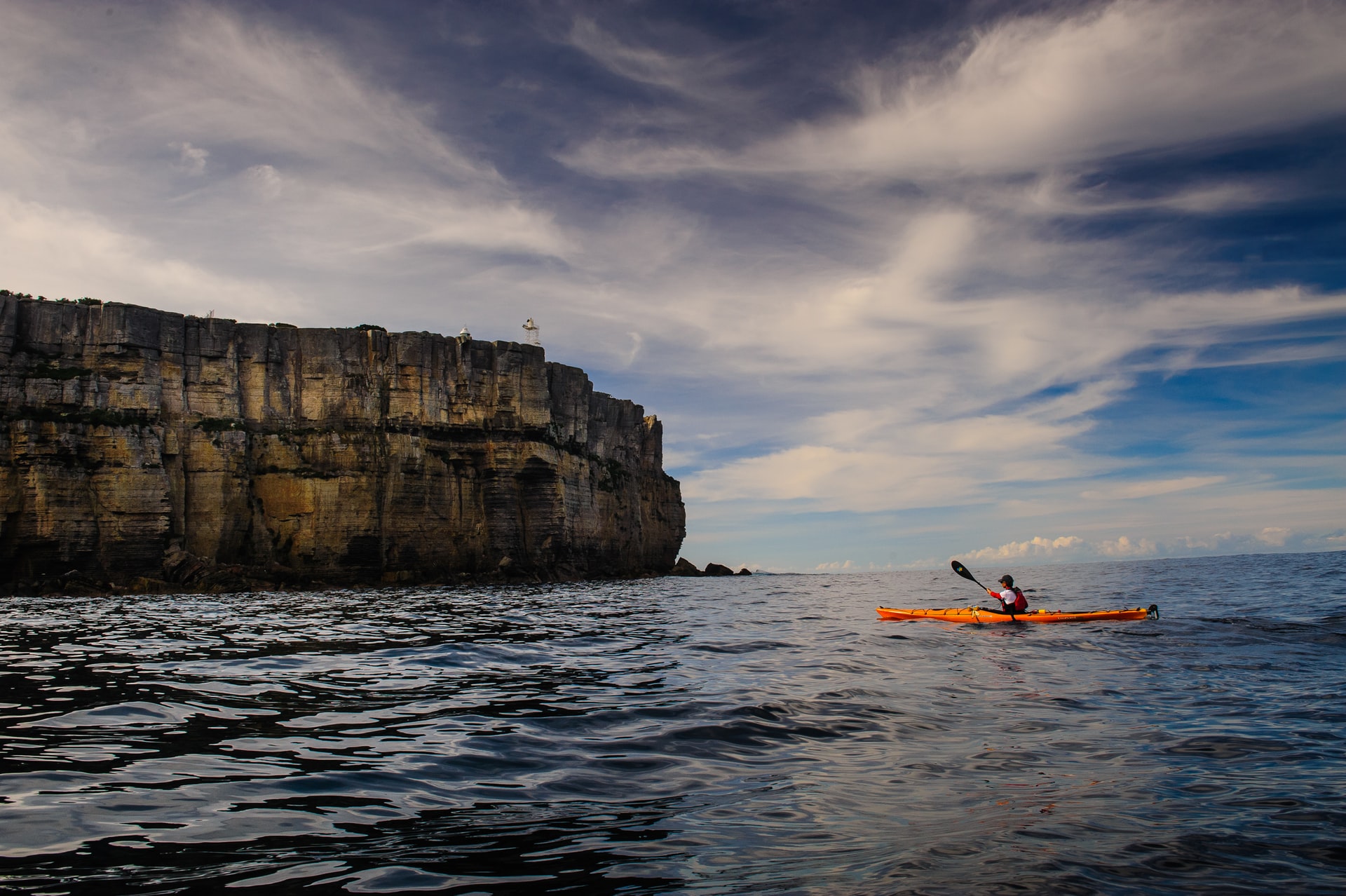
When Is It Too Windy for Kayaking? (Crucial Facts You Should Know)
-
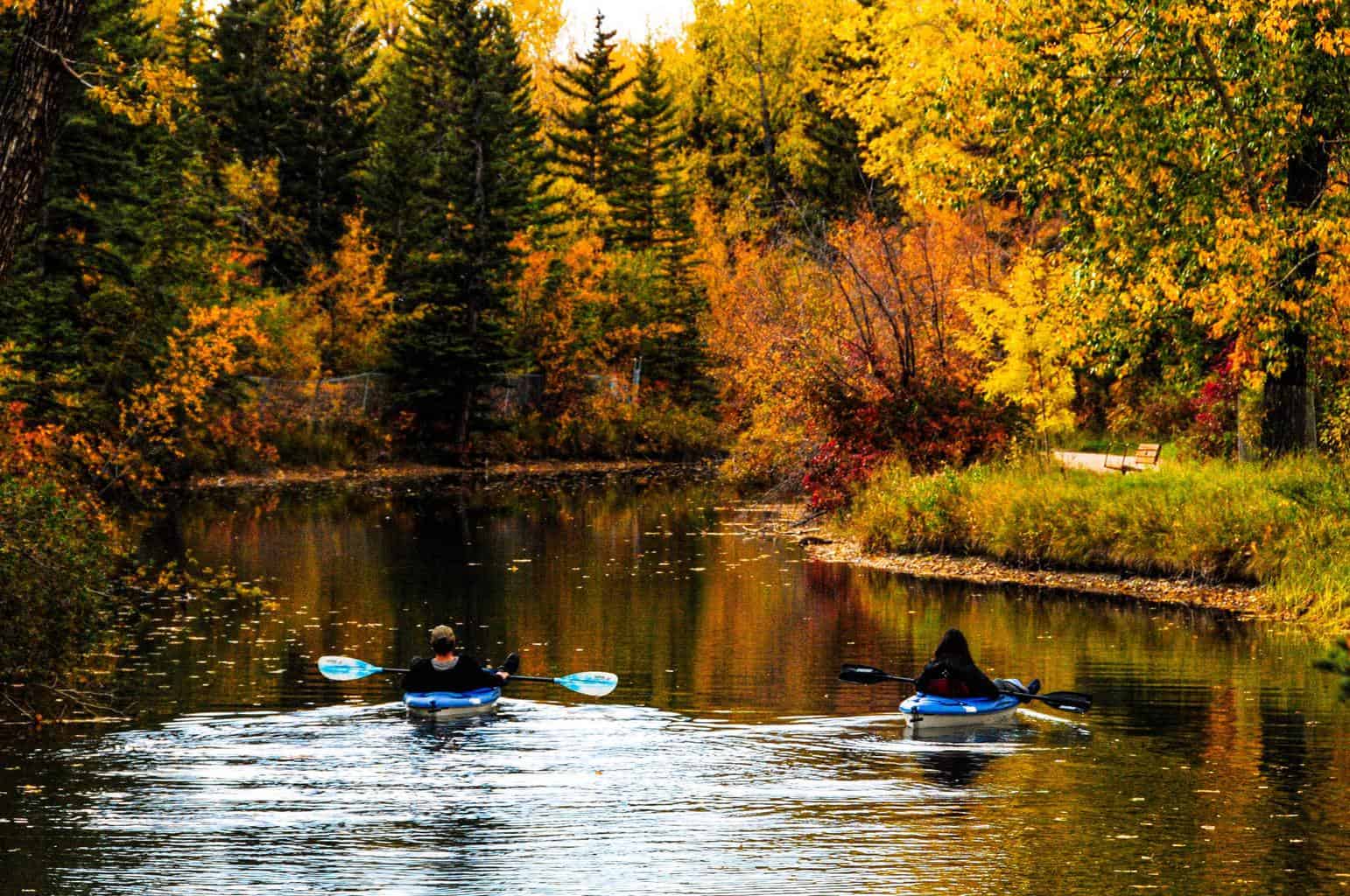
When to Go Kayaking? (What Every Kayaker Should Know)
-
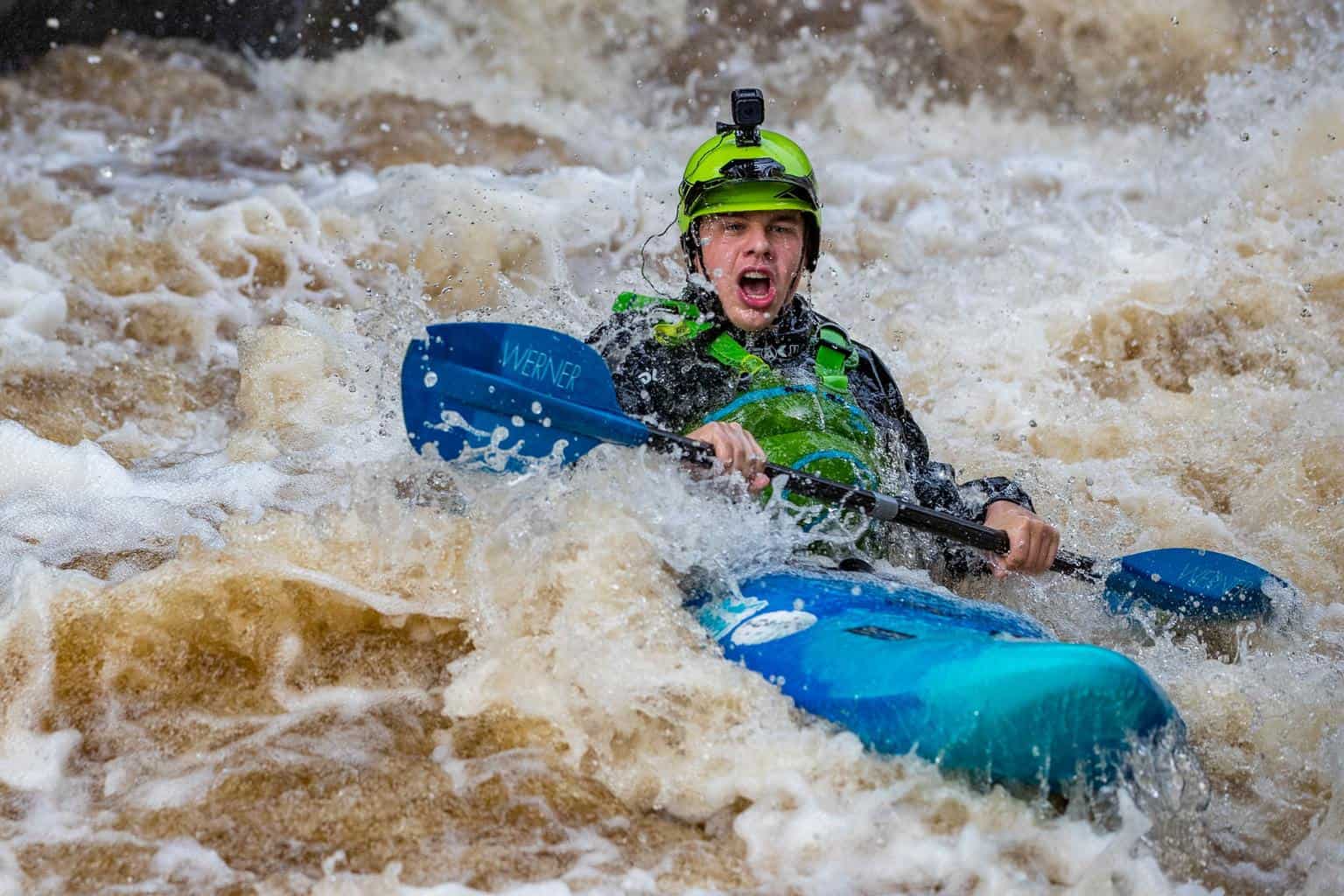
Will I Get Wet Kayaking? (Common Reasons & How to Stay Dry)
-
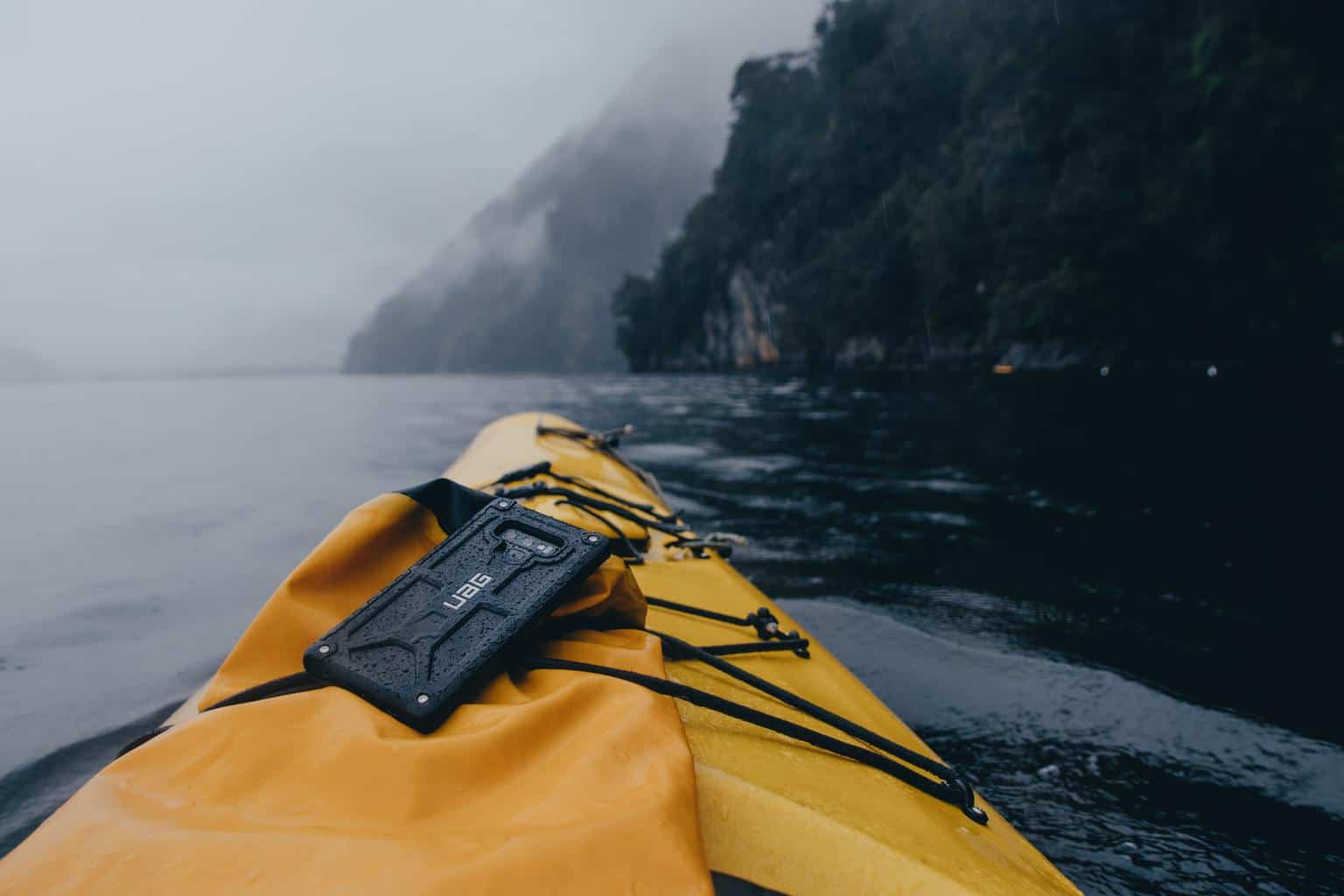
Should I Bring My Phone Kayaking? (7 Good Reasons)
-
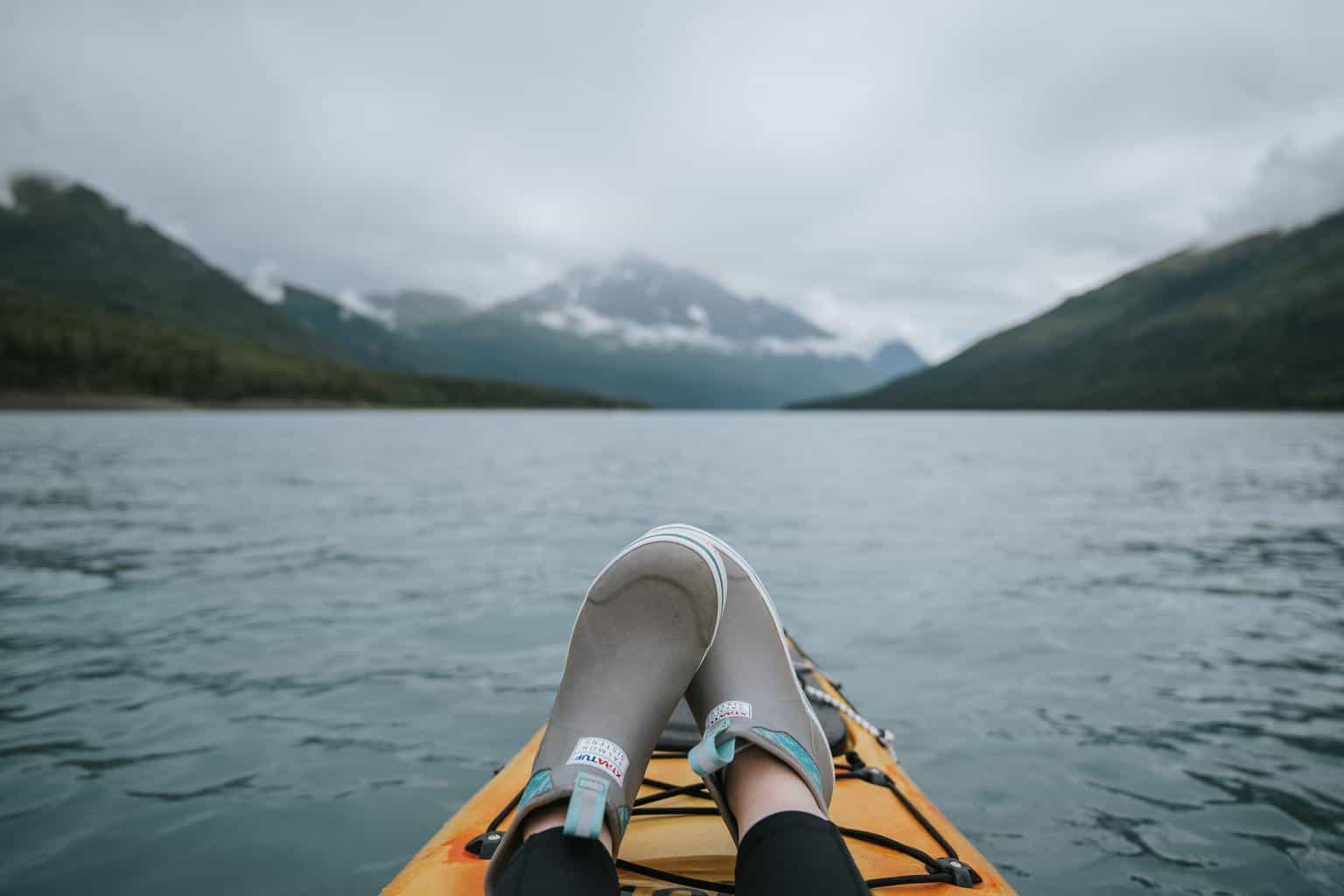
What Shoes to Wear Kayaking? (+ the Best Shoes for Your Needs)
-
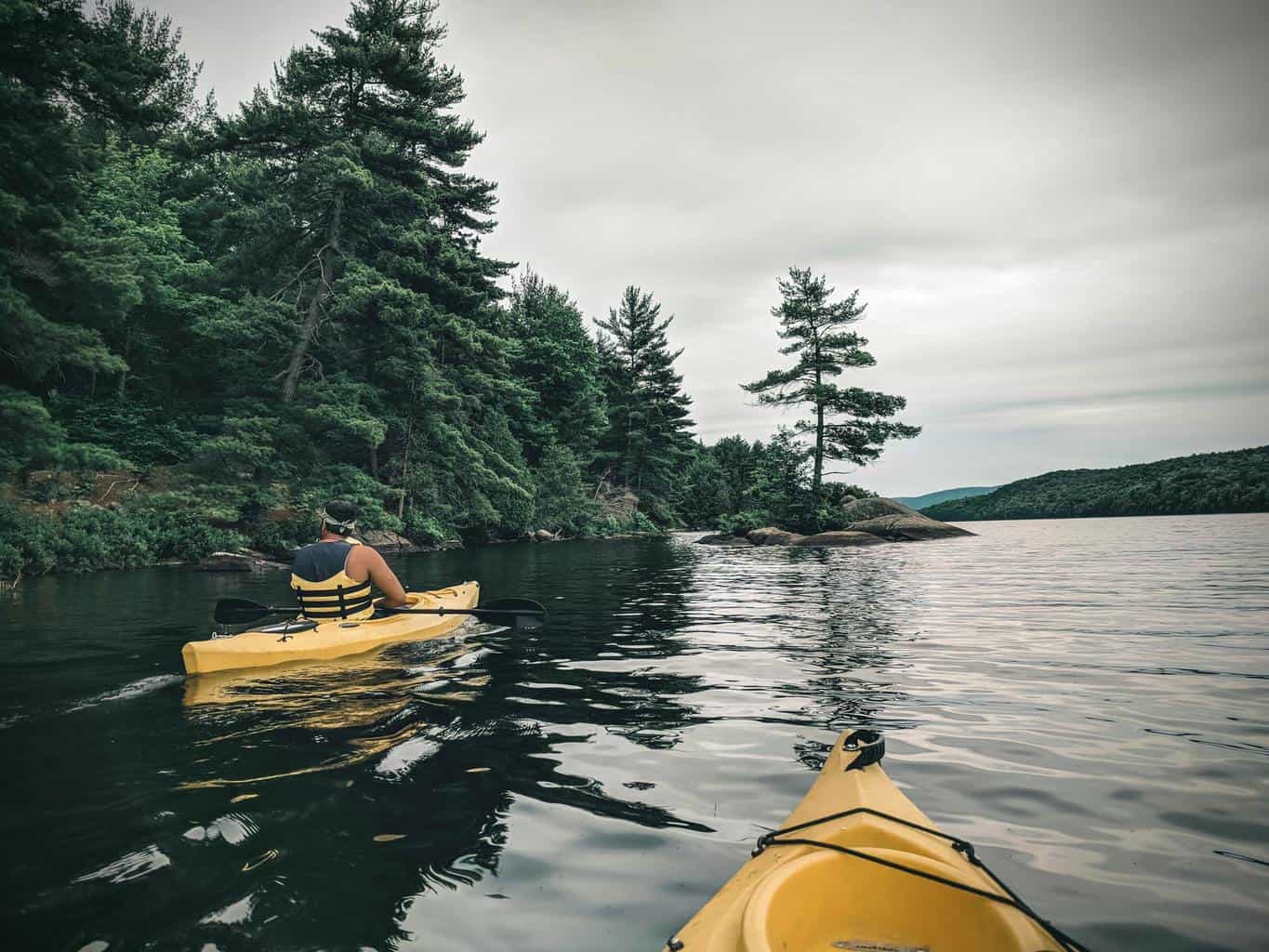
Can Kayaking Cause Chest Pain? (What Every Kayaker Should Know)
-
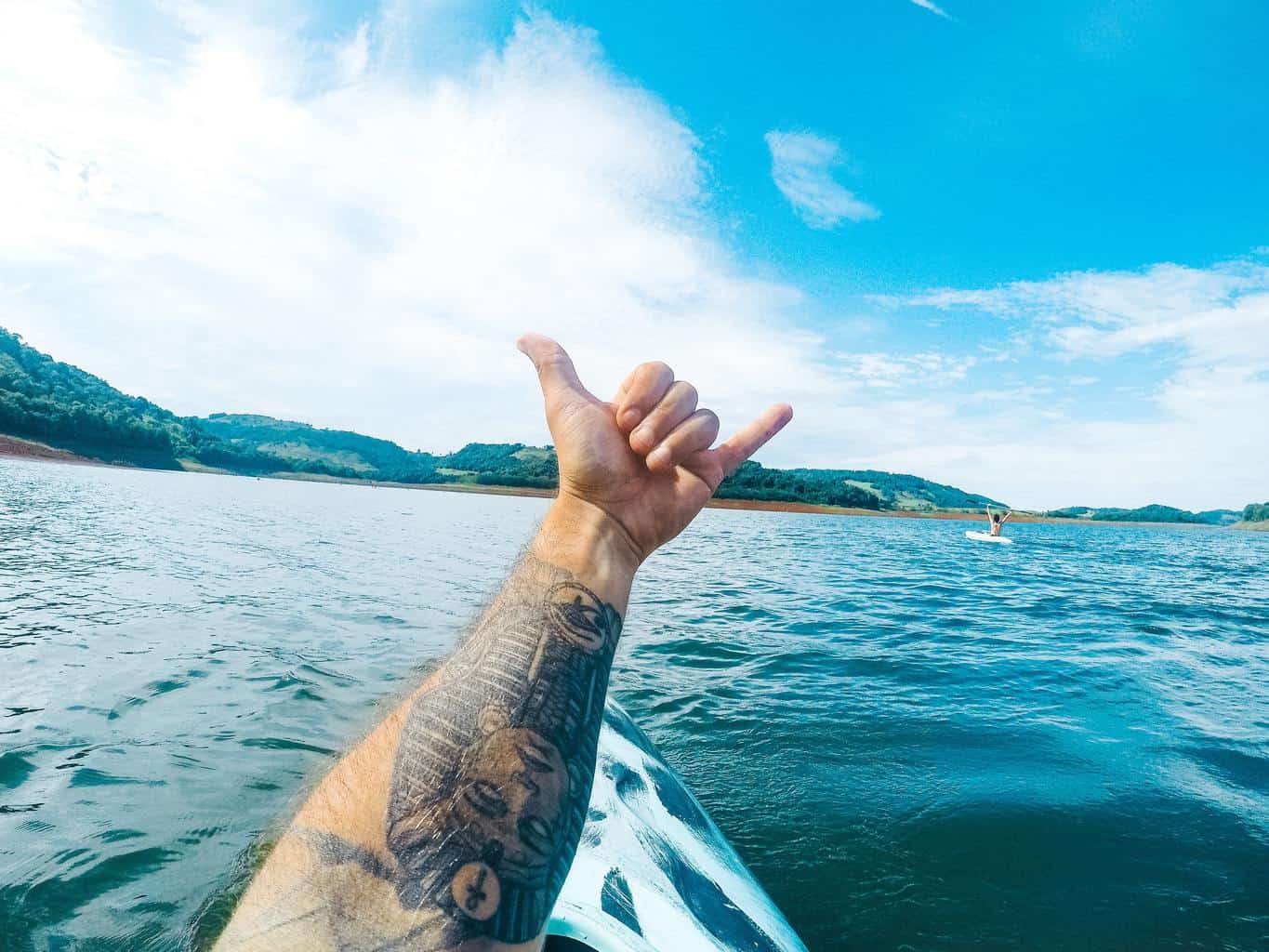
Can I Go Kayaking With a New Tattoo? (Facts You Should Know)
-

Can You Go Kayaking On Your Period? (+Practical Tips)
-
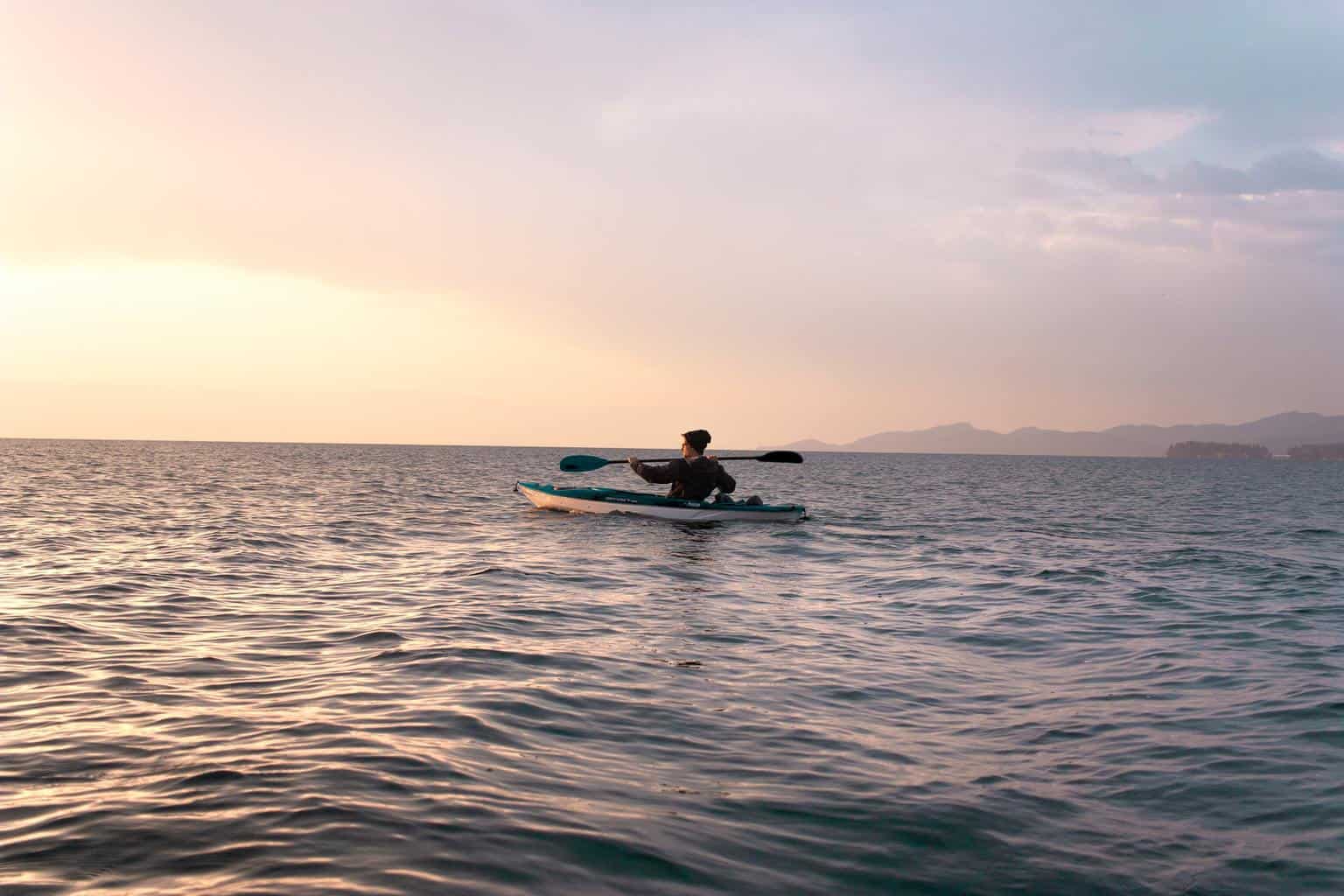
Can Kayaking Cause Hemorrhoids? (What Every Kayaker Should Know)
-
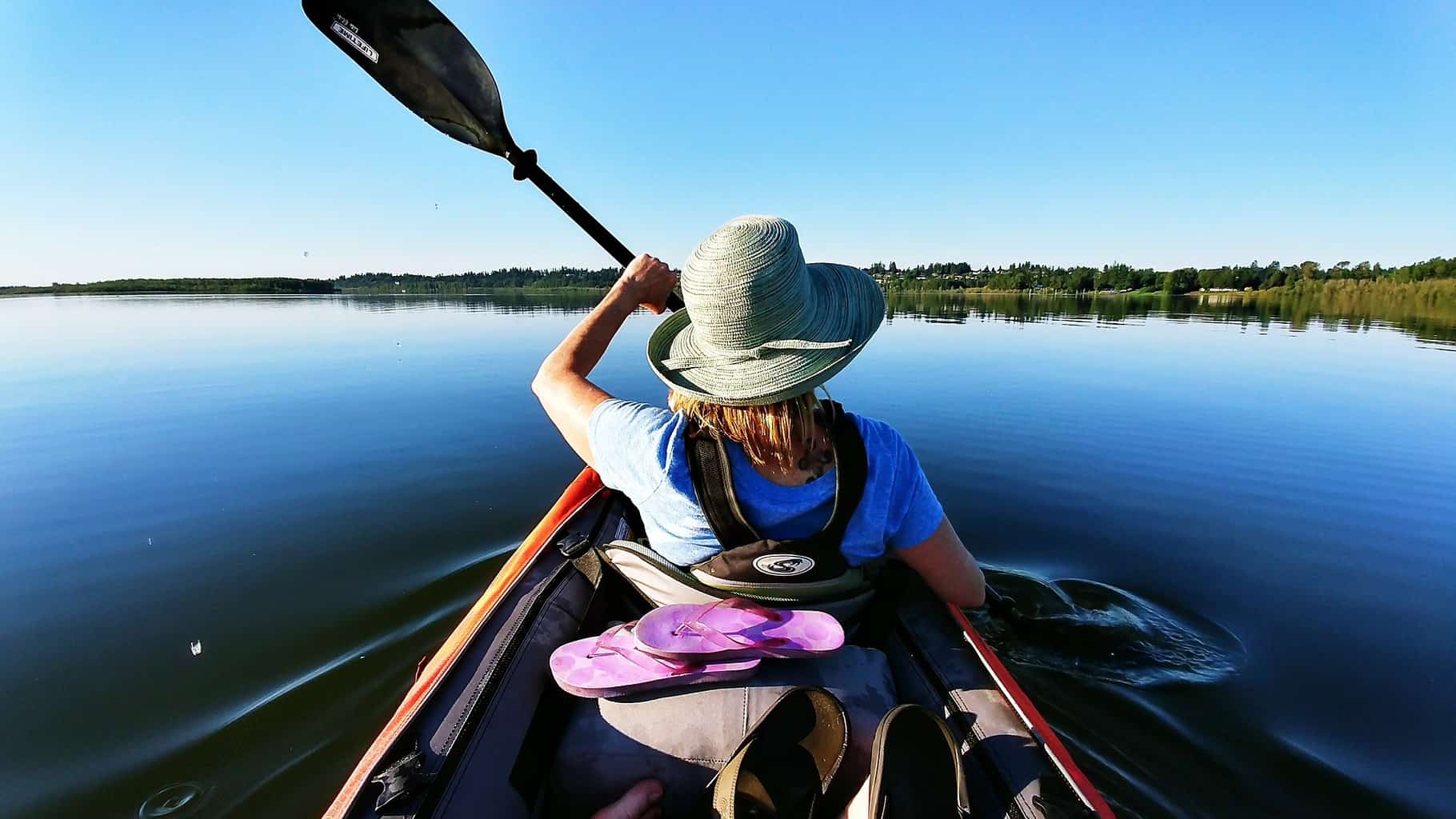
Can Kayaking Cause Tennis Elbow? (+8 Simple Tips to Avoid It)
-
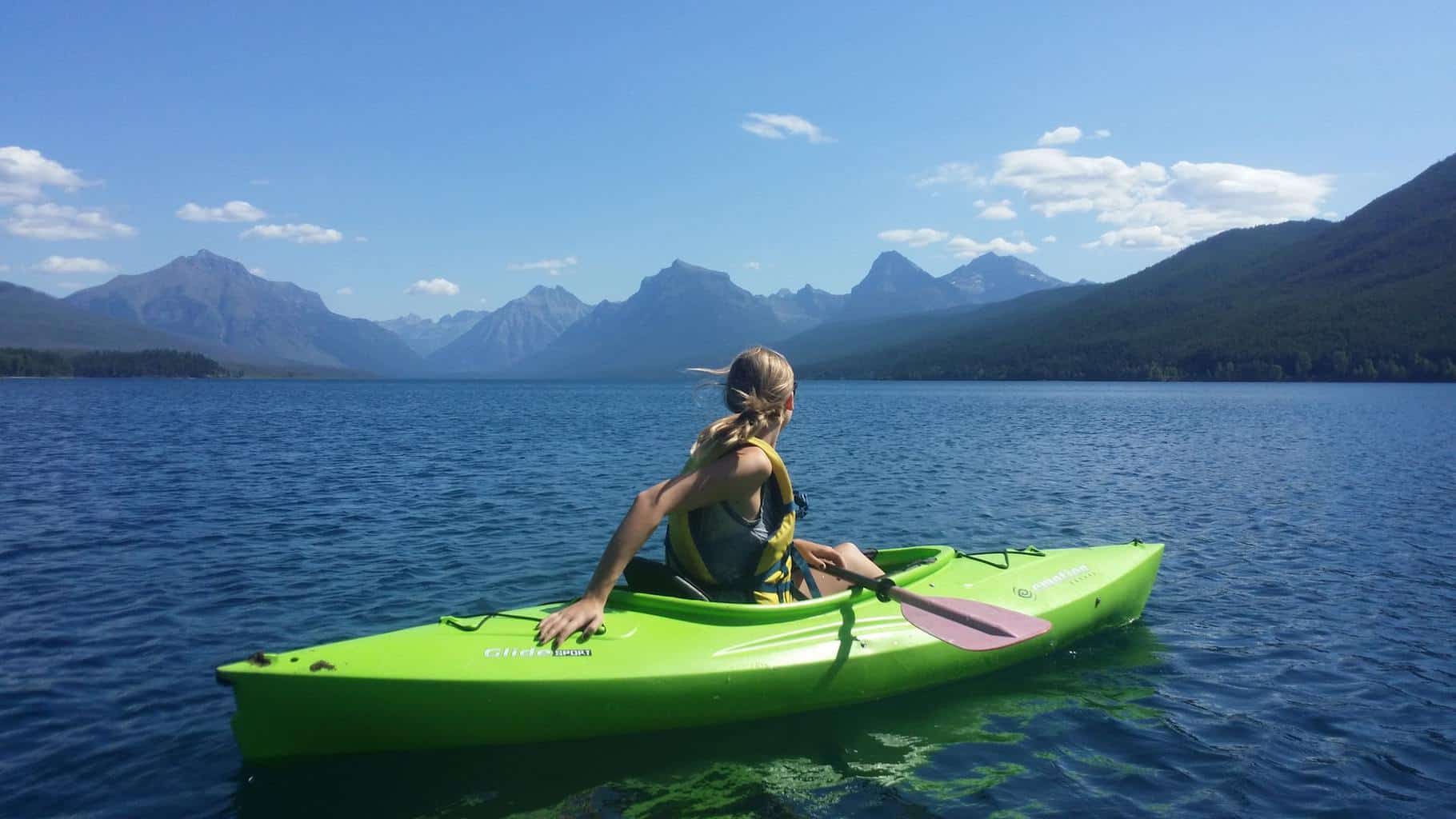
Can Kayaking Cause Sciatica? (+7 Tips to Avoid It)

